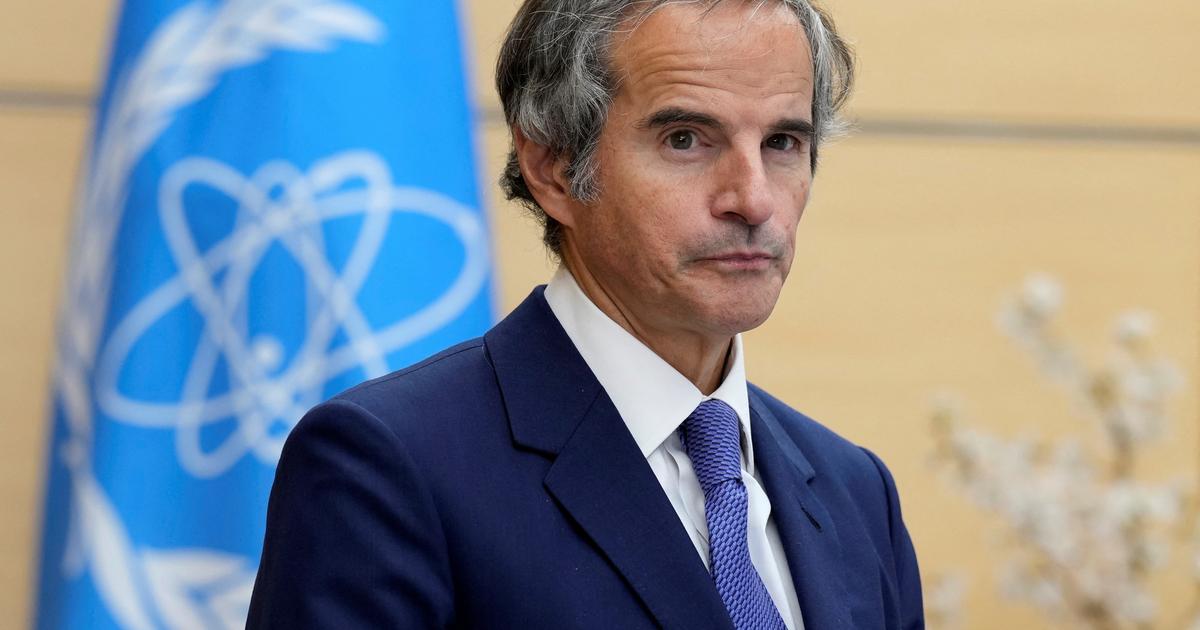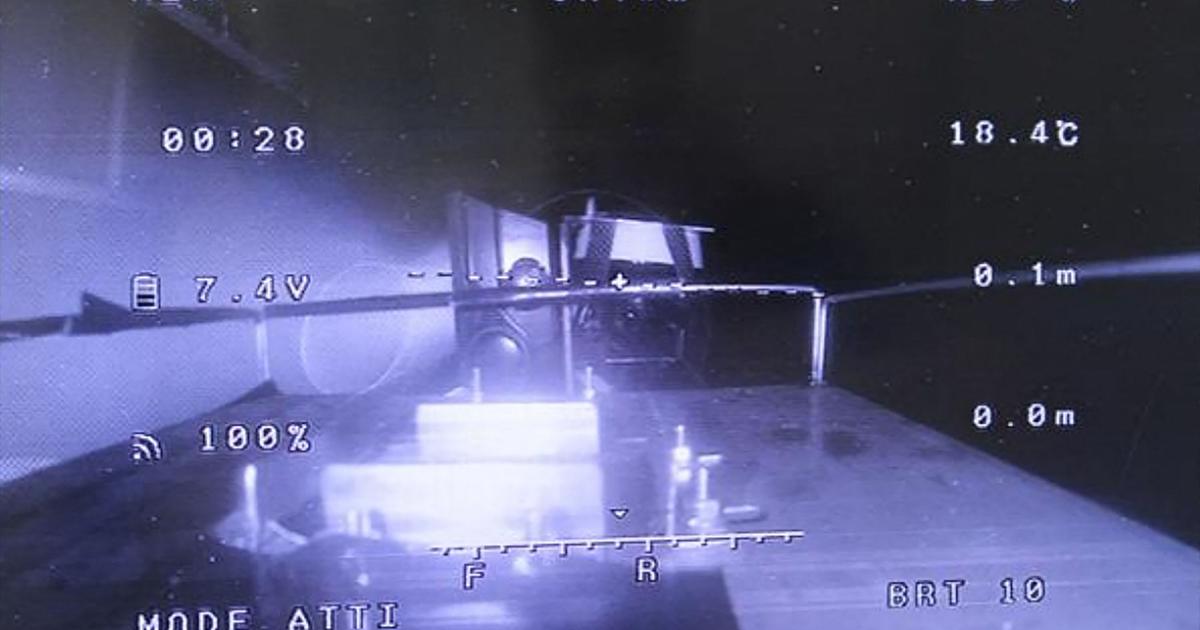A protest in Seoul over Japan's decision, which will dump a million tons of contaminated water from the Fukushima nuclear power plant into the Pacific.JEON HEON-KYUN / EFE
Japan will eventually pour into the Pacific, gradually, one million tons of polluted water from the Fukushima nuclear power plant.
The controversial plan, which has been debated for almost two years and opposed by neighboring countries, environmental organizations and the local fishing sector, has received the final green light from the Japanese government, Prime Minister Yoshihide Suga announced on Tuesday.
Tokyo has assured that "absolutely all measures will be taken to guarantee the safety of the treated water and stop misinformation" around the process.
Tokyo has come to the conclusion that the spill, despite the rejection it generates, is the most viable solution and does not represent a danger to the environment or humans.
The announcement comes after consultations with the plant's operator, Tokyo Electric Power (TEPCO), the regulatory agency for the nuclear sector, the International Atomic Energy Agency (IAEA) and local authorities in Fukushima, among others.
"Based on strict compliance with the regulatory standards that have been established, we opted for ocean dumping," the Japanese government said in a statement.
The Executive will meet again in a week to more accurately outline the details of the plan.
What to do with contaminated water is one of the most pressing problems generated by the dismantling of the Fukushima Daiichi plant, after the magnitude 9 earthquake and the fifteen-meter tsunami that rendered it useless in one of the worst nuclear crises in history. March 11, 2011. In that incident, the plant's electrical system was deactivated;
three of its reactors underwent meltdowns, and one was damaged by hydrogen explosions.
The contaminated water is the result of the mixture of what is used to cool the reactors with which it is filtered from the subsoil, coming from the rains and underground aquifers.
The plant has a processing system that removes most of the dangerous radioactive elements, with the exception of tritium, an isotope of hydrogen naturally present in the environment, although in low concentrations.
The spill will begin in two years and will take decades to complete, according to the Japanese government, which insists on the safety of the procedure.
Before being thrown into the sea, the contaminated water will be re-processed to remove radioactive isotopes, and will be diluted to international standards.
At Daiichi, Tepco stores around 1.22 million cubic meters of this processed water in specially built giant tanks.
A volume already very close to the limit capacity, of 1.37 million cubic meters, which could be exceeded next year.
Each tank has the capacity to receive between 1,000 and 1,200 tons of water.
Each one takes seven to ten days to fill.
The proposal to pour water into the Pacific gradually had been in place since 2019, although the making of a final decision had been postponed.
In part, due to the sharp opposition of a fishing sector that is just beginning to raise its head in the region, once famous for the quality of its seafood and fish.
Neighboring countries, China and South Korea, have also strongly condemned that option, which they fear will endanger the health of their fishing grounds.
After hearing the announcement on Tuesday, the South Korean government has immediately called an emergency meeting to examine the consequences that the spill will have.
In a statement, Seoul has stated that it "firmly" opposes the spill, a position that has also been expressed by Taiwan.
China had already expressed its most emphatic refusal to the measure a day earlier.
The immediate rejection has also been joined by the environmental organization Greenpeace in Japan, which has declared that the spill "ignores human rights and international maritime law."
Tokyo ensures that the operation will conform to IAEA and international safety standards.
According to the Japanese Government, which ensures that what it is proposing is a common practice in the nuclear industry in other countries, the spill will take place little by little and in a strictly controlled manner.
When Fukushima is mixed with seawater, tritium levels will fall below national sanitary standards.
"Even if we dumped all the water at once, the impact on human health would be very small," explained Yumiko Hata, head of the plant in the Japanese Ministry of Industry, in February.
The IAEA considers, for its part, that the spill would be "technically feasible" and has offered to supervise the operation.
The accumulation of radioactive liquid is a problem that Tepco has had to deal with since the beginning of the crisis.
In the basements of the buildings that house the reactors, 500 tons of groundwater leaked from the nearby hills.
Following the construction of an “ice wall” of frozen earth that insulates these buildings and diverts groundwater into the sea, that amount was reduced to 100 tons.










/cloudfront-eu-central-1.images.arcpublishing.com/prisa/KMEYMJKESBAZBE4MRBAM4TGHIQ.jpg)

